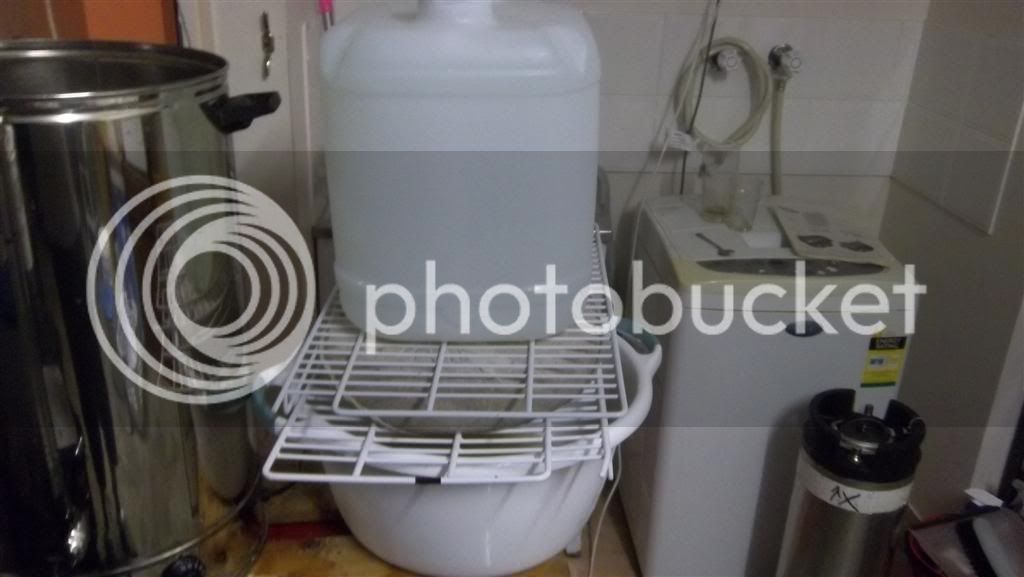Congrats Bill. It is easy isn't it. Sure, perfecting the method could take years, but close enough is what we can expect on the first few brews, and the results should be very tasty.
I don't think anyone answered your Q re: calculating efficiency yet, unless I missed it, so here goes:
I take it you are using BrewMate or similar? This defaults to 70% efficiency IIRC.
So, if you started with the amount of grain and water you told the software you would, and hit the SG (before boil) the software predicted, your efficiency = 70%. If you had a higher OG, your eff. is > %70. If lower, the eff. is < 70%. BrewMate also tells you post boil gravity and volume. If your results differ but pre boil were correct just change "evaporation rate" in the settings until you find the correct one.
It takes a few brews to "dial in" your numbers, and these can change to depending on other factors - crush being one, process another, and I believe making "bigger" beers - ie: more grain, less water, will reduce efficiency.
ps.
One of the best things I have done was to get a measuring jug and a marking pen and mark 2 and 10 litre graduations on the sight tube of my urn. Lets me keep tabs on volume after hoisting the bag, boiling, etc.





